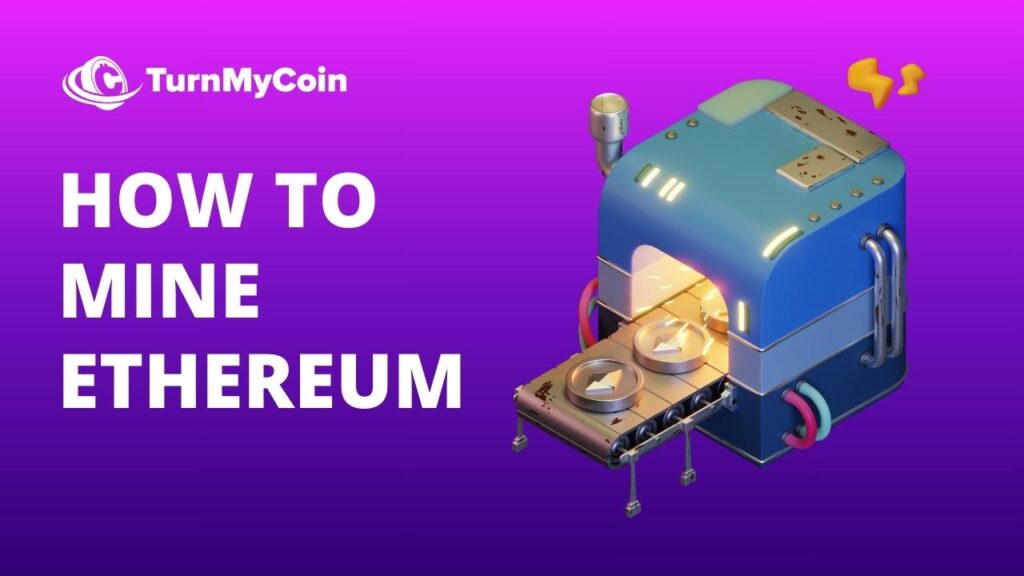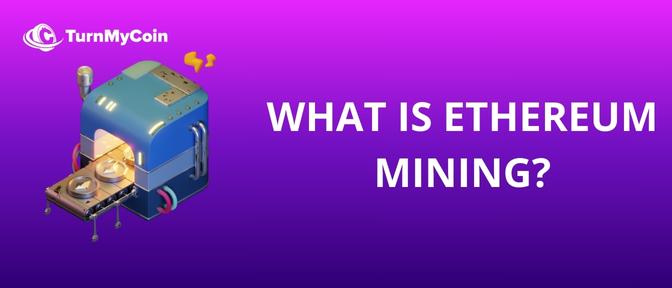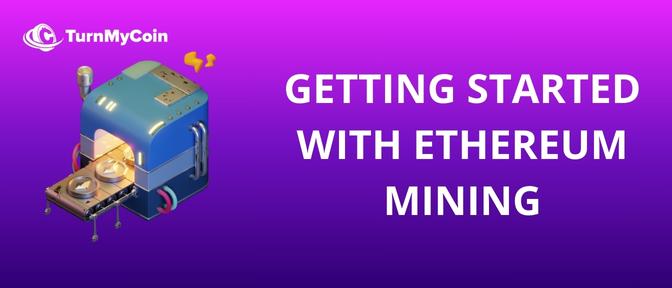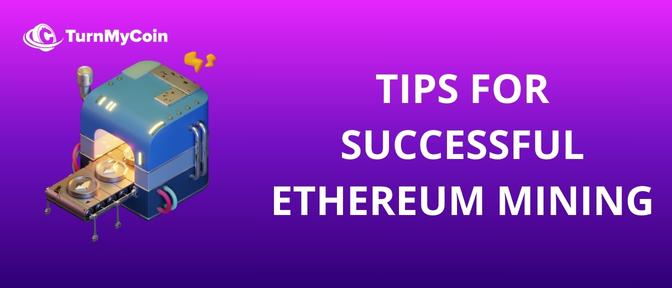Last updated on April 29th, 2024 at 11:35 am

Cryptocurrency mining is a popular way for people to make money through the use of their computers or specialized hardware. One of the most popular cryptocurrencies to mine Ethereum, which has a market capitalization of over $400 billion USD. Mining Ethereum can be a lucrative endeavor, but it requires some technical knowledge and the right hardware. In this blog post, we’ll take a look at the basics of mining Ethereum and how to get started.
Table of Contents
What is Mine Ethereum?

Before we dive into how to mine Ethereum, it’s important to understand what Ethereum mining is. Ethereum is a decentralized blockchain platform that enables the creation of smart contracts and decentralized applications (dApps). Transactions on the Ethereum network are validated by a process called mining, which involves solving complex mathematical equations.
Miners use their computers or specialized hardware to solve these equations and validate transactions on the Ethereum network. When a miner successfully solves an equation, they earn a reward in the form of Ether (ETH), the cryptocurrency that powers the Ethereum network.
The more computational power a miner has, the more likely they are to solve an equation and earn a reward. As a result, mining Ethereum requires powerful hardware and a significant amount of electricity to operate.
Getting Started with Ethereum Mining

Now that we know what Ethereum mining is, let’s take a look at how to get started. There are a few steps you’ll need to follow to begin mining Ethereum:
- Choose Your Hardware
The first step in mining Ethereum is to choose the right hardware. Ethereum mining requires a significant amount of computational power, so you’ll need a powerful GPU (graphics processing unit) or ASIC (application-specific integrated circuit) to mine effectively.
When choosing your hardware, consider factors such as power consumption, hash rate (the speed at which your hardware can solve equations), and cost. Popular GPUs for Ethereum mining include the NVIDIA GeForce RTX 3080 and the AMD Radeon RX 580, while popular ASICs include the Antminer E9 and the Innosilicon A11 Pro.
- Set Up Your Mining Rig
Once you’ve chosen your hardware, it’s time to set up your mining rig. A mining rig is a specialized computer system that is designed for mining cryptocurrency. It typically consists of multiple GPUs or ASICs, a motherboard, a power supply unit (PSU), and cooling equipment.
Setting up a mining rig can be a complex process, so it’s important to follow a guide or tutorial to ensure everything is set up correctly. You’ll need to install the necessary software, such as a mining program and a wallet to store your Ether.
- Join a Mining Pool
Mining Ethereum on your own can be difficult, as the probability of solving an equation and earning a reward is low. As a result, many miners join mining pools, which are groups of miners who combine their computational power to increase their chances of earning a reward.
When you join a mine Ethereum pool, you’ll earn a portion of the rewards based on your contribution to the pool’s computational power. Popular mining pools for Ethereum include Ethermine, F2Pool, and Nanopool.
- Start Mining
Once you’ve set up your hardware, mining rig, and joined a mining pool, it’s time to start mining Ethereum. Your mining program will communicate with the mining pool’s server to receive work, which consists of equations to solve.
Your hardware will then work to solve the equations and validate transactions on the Ethereum network. When your hardware successfully solves an equation, you’ll earn a reward in the form of Ether.
Tips for Successful Ethereum Mining

Now that you know the basics of mining Ethereum, let’s take a look at some tips to help you mine successfully:
- Choose the Right Mining Pool
When choosing a mining pool, it’s important to consider factors such as the pool’s fees,
the pool’s reliability, and the pool’s size. A larger pool may offer more consistent rewards, but smaller pools may offer higher payouts for individual miners.
- Monitor Your Hardware
Mining Ethereum requires a significant amount of power, which can cause your hardware to run hot. It’s important to monitor your hardware’s temperature and ensure it stays within safe limits to prevent damage. You can use software such as MSI Afterburner or HWMonitor to monitor your hardware’s temperature and adjust fan speeds if necessary.
- Consider Energy Costs
Mining Ethereum can be a profitable endeavor, but it also requires a significant amount of electricity to operate. Before you start mining, consider your energy costs and ensure you’re earning enough to cover these costs and make a profit. You can use a profitability calculator such as WhatToMine to estimate your earnings and energy costs.
- Stay Up-to-Date with Ethereum
The Ethereum network is constantly evolving, so it’s important to stay up-to-date with the latest news and updates. This can help you optimize your mining setup and stay ahead of any potential issues or changes to the network.
Conclusion
Mining Ethereum can be a lucrative way to earn cryptocurrency, but it requires the right hardware, technical knowledge, and careful planning. By following the steps outlined in this blog post and taking the necessary precautions, you can set up a successful Ethereum mining operation and earn rewards for validating transactions on the Ethereum network. Remember to always stay up-to-date with the latest news and developments in the Ethereum community to ensure you’re maximizing your mining potential.